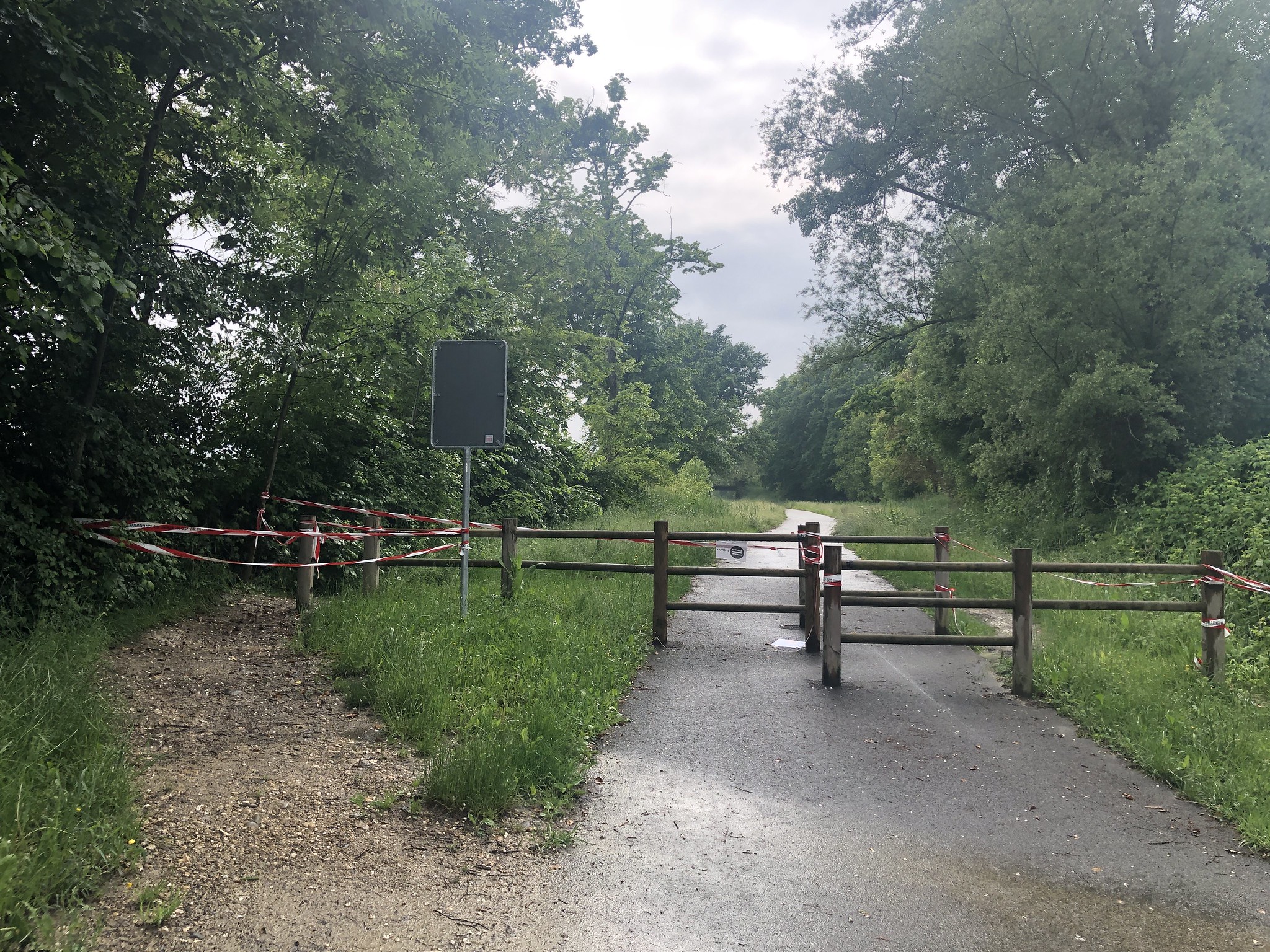Tag: javascript
-

Swisscom MyAI as tutor
Reading Time: 2 minutesYesterday I asked MyAI by Swisscom, which is still in Beta, if it could help me write a JavaScript app to generate passwords and it did, with ease. It provided me with the javascript code I needed so I could cut and paste it, and then use node to run it straight…
-
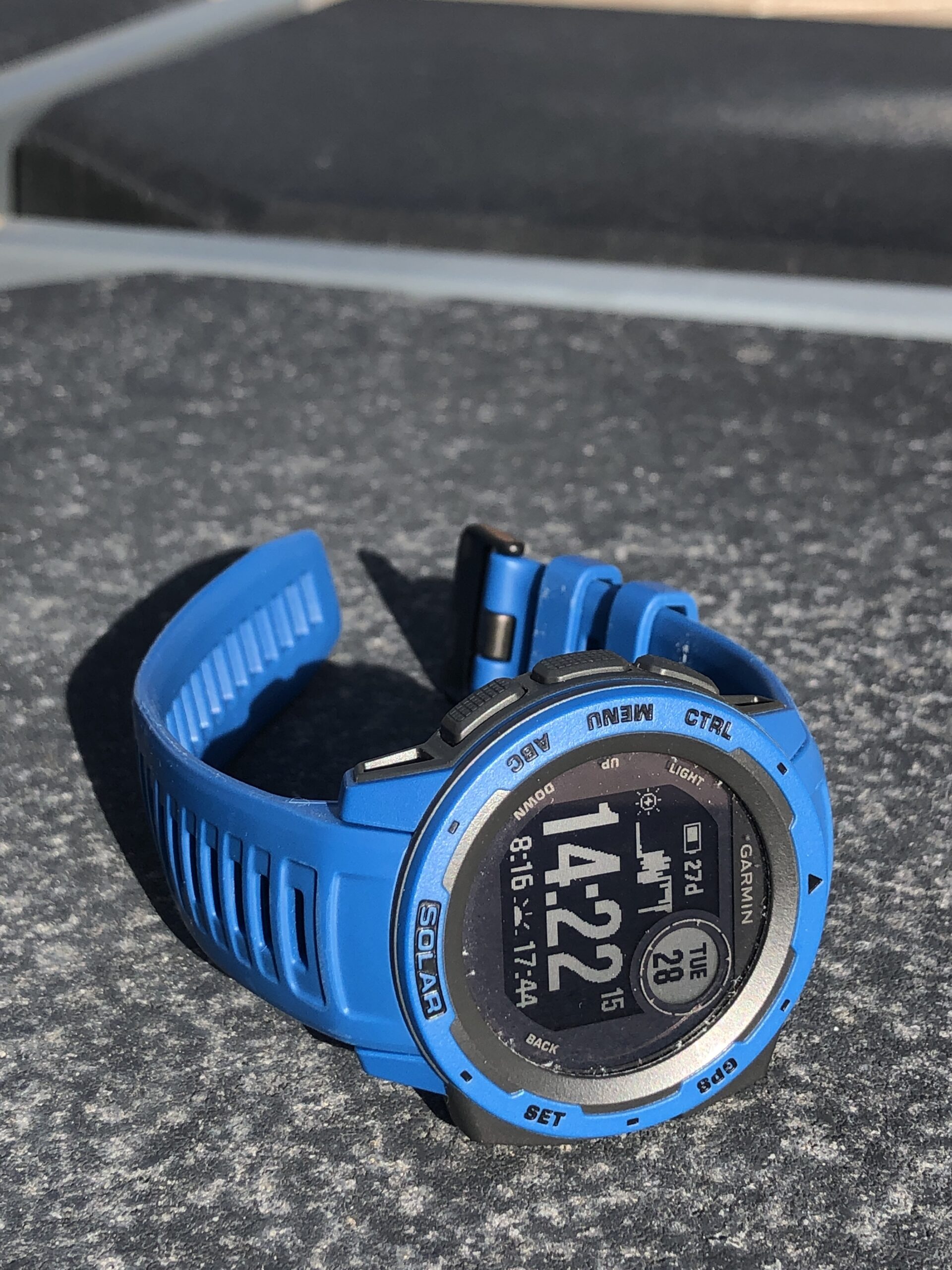
On Whether I Prefer Vanilla JavaScript or Frameworks?
Reading Time: 2 minutesToday someone on twitter asked this question, and rather than be reply: 320 of 10,000, I chose to write a blog post about it. The TLDR answer is Vanilla JS because if you learn how it works without the help of a framework you understand the language. This doesn’t mean that I…
-
Trying To Read Nested Data From a JSON File
Reading Time: 2 minutesOver the last two evenings I have been attempting to read nested data. I have tried to parse the data and other methods but without success. I have browsed the web to try to find solutions but for now I am getting stuck. Learning is also about trial and error, and knowing…
-
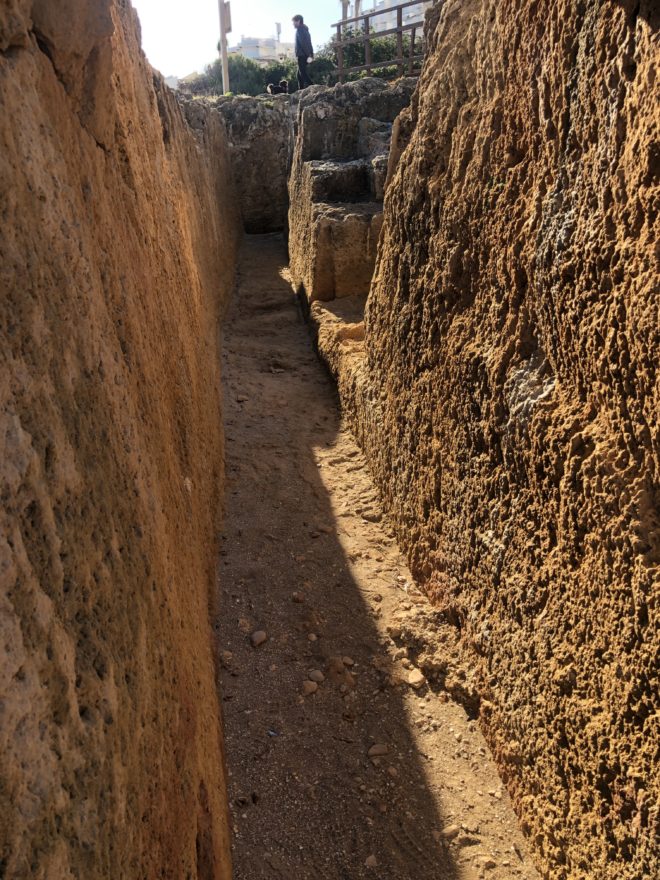
Reviewing EcmaScript 6
Reading Time: 2 minutesRecently I have spent time focusing on JavaScript and EcmaScript to make sure that I understand it. By now it is over a year ago since I felt that I wanted to study Angular but felt that I didn’t have enough knowledge to resolve the challenges so I decided to return to…
-
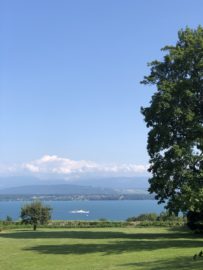
Yet Another Sunny Day
Reading Time: 2 minutesAs I looked straight down from a bridge today I noticed that the river is so low that the river bed has become bone dry in places. In other places you see that the gress is turning yellow. When tractors tend to the fields you see that they are stirring up clouds…
-
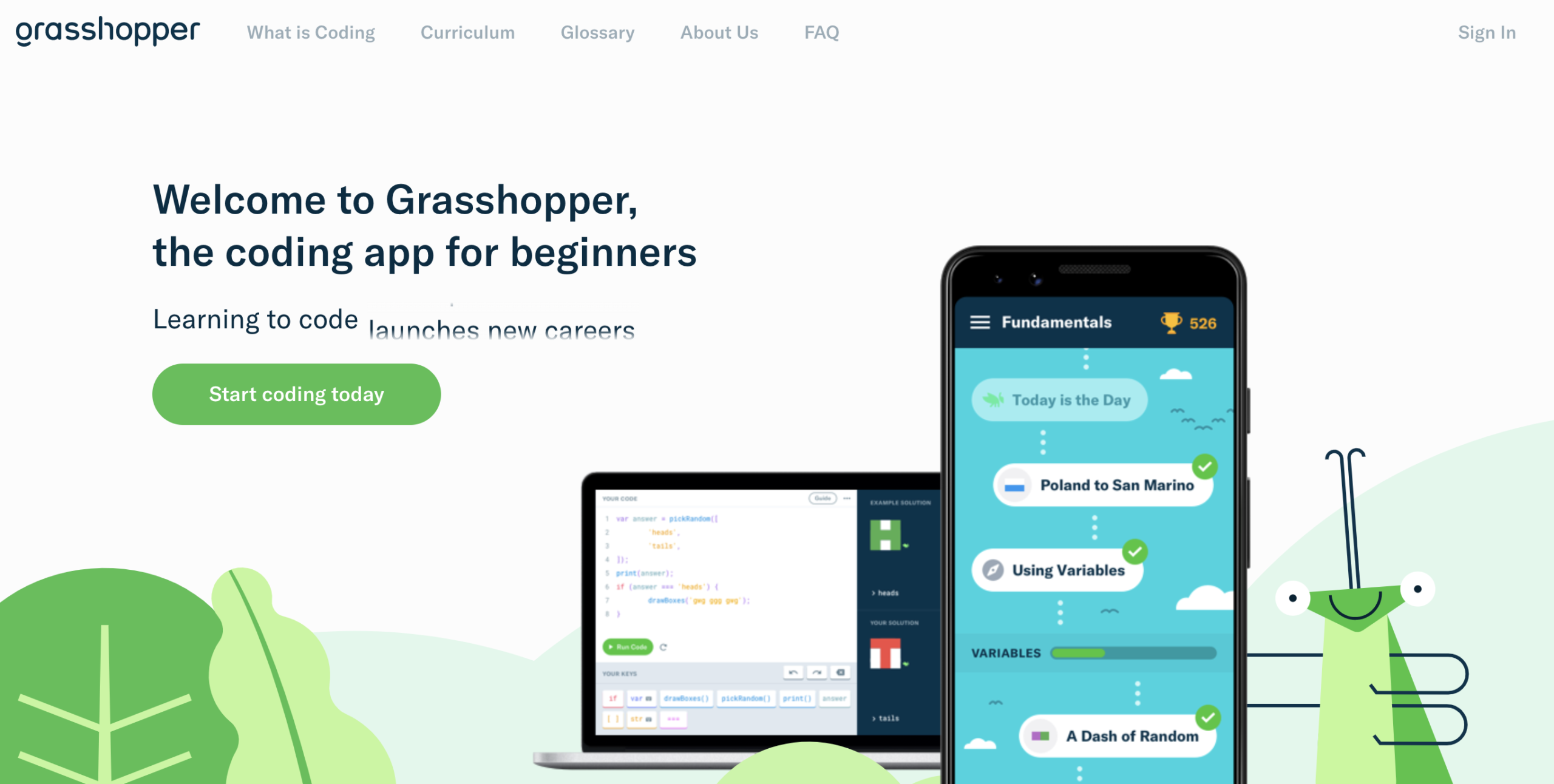
Playing With Grasshopper
Reading Time: < 1 minuteGrasshopper is a Google app to teach adults and children about Javascript. It provides people with short, easy to understand modules to get a grasshopper to do things. The curriculum is divided into seven modules. These are: Fundamentals Fundamentals II Intro to Interviewing Array Methods Animations Animations II Using a Code…

